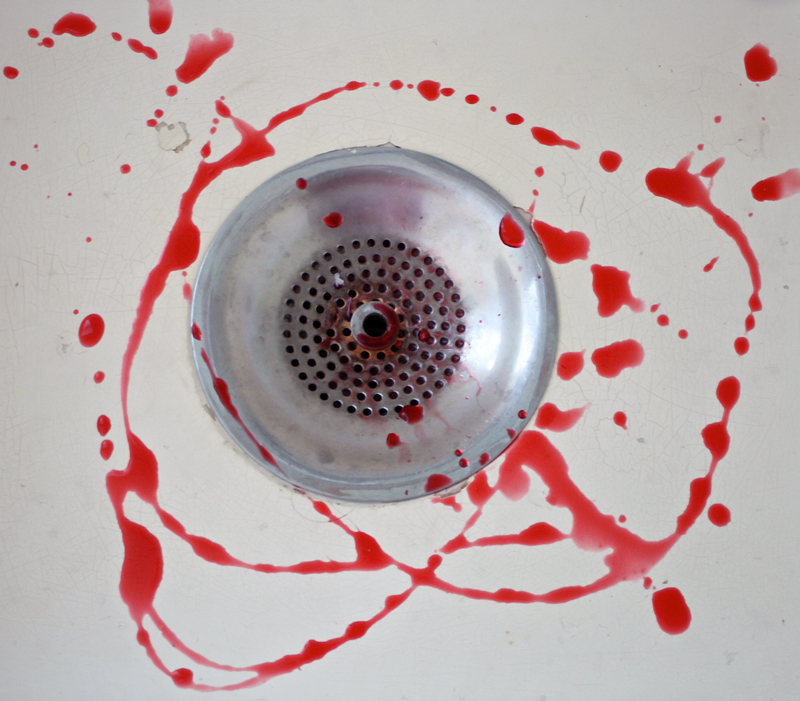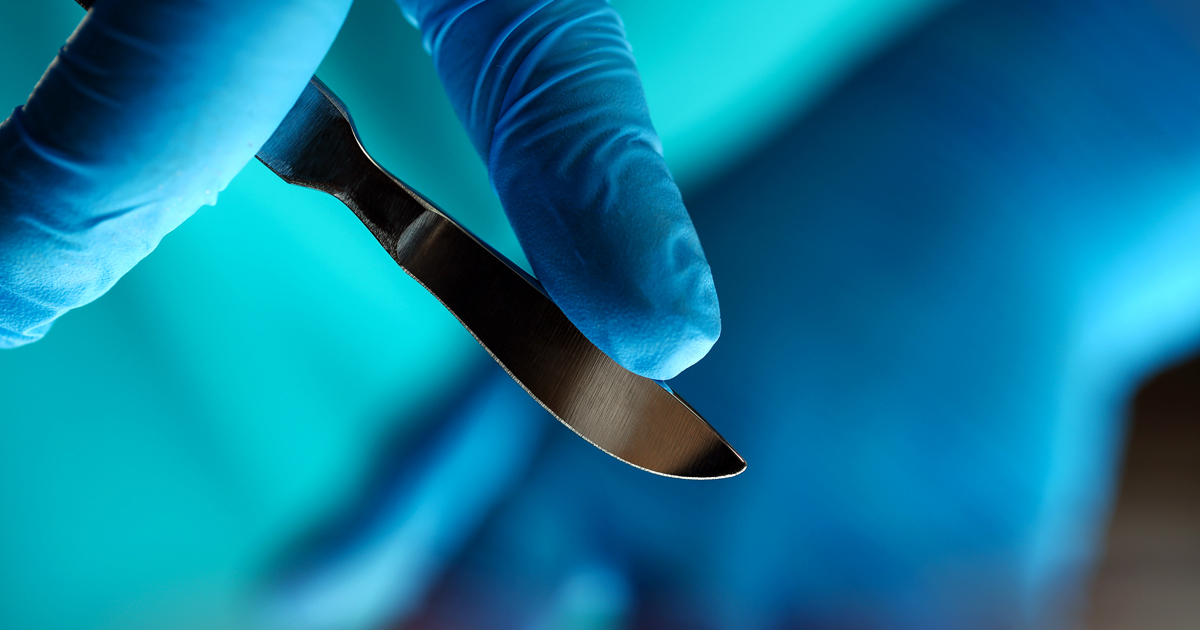I always liked operating, partly because it was a change from consulting – I could step back somewhat from the thoughtful, sympathetic good listener I was in the consult room, and become the more relaxed, swearier and singier person I was when spaying a cat; and partly because it was… well, it was amazing.
Every so often, when operating, I’d have a “wow” moment – “wow, my hand is inside this living, breathing creature… here are its intestines! Here is its liver”.
I realise I’m in danger of sounding like a character from Dexter here, but lots of people don’t even really know what a spleen does, let alone have the opportunity to hold one in their hands. The ability to perform surgery is a surreal privilege relatively few people get to experience.
Surgeon sweats
Despite the macabre wonder of surgery, though, I admit it has its problems.
There’s a special kind of pressure that descends on you when you literally hold the life of a patient in your hands, a feeling I came to call (at least to myself) the “surgeon sweats” – it’s the awful realisation you’re scrubbed up, the patient is asleep, and no one else is in the room (and possibly, although less common now, the building) that can sort this mess out. It is absolutely up to you,and it’s up to you right now.
That’s fine when things are going well, but when blood is welling up and you can’t see why, when you’re faced with thin white glistening things that look nothing like the textbook says they should, or when you just can’t see a way to untangle the twisted mess in front of you, those surgeon sweats come on strong and the miraculousness of what you’re doing seems a very long way away.
Much as I enjoy operating, a bad case of the surgeon sweats can be enough to put you off surgery for a very long time.
Developing your own “thing”

Like a lot of colleagues, I used to have a “thing” about bitch spays (old-fashioned bitch spays, that is – this newfangled laparoscopy wasn’t an option when I was growing up), and that was largely because of experiences of spaying obese, deep-chested dogs.
We might call it “routine” surgery, because of the sheer number we do, but, outside of specialist surgery, I would argue tying off the ovarian stump in a chubby deep dog is one of the hardest surgical challenges you’ll come across – and the few seconds after you’ve reluctantly released the ovarian stump, watched it disappear into an undulating sea of fat and wait to see if there’s any blood, are some of the most heart-stopping moments in a young vet’s career.
If you’re at that stage, and you’re developing your own “thing” (and, to be clear, I’m using “thing” as a euphemism for a feeling of deep terror and dread) for bitch spays, then I can tell you from this side of the experience fence it does get better, and, like many other ops, eventually becomes fun.
There comes a time when you’re no longer hoping your stump won’t bleed, you know it won’t because you’re so used to the feeling of tying that pesky ligature. When you’ve actually had an ovarian stump bleed a few times, you’ll realise it’s not the nightmare that kept you up worrying all those times before – it’s just a matter of finding the bleeding and stopping it, and all it really amounts to is a little longer doing the surgery.
Job satisfaction
As much as I enjoy my new career as a clinical pathologist, I miss surgery. There’s a satisfaction in surgical cases that you don’t often get with medicine – a broken animal goes to sleep and a fixed one wakes up. I know it’s often not as simple as that, but if you’re looking for simple, you’re in the wrong job – some surgical cases are as clear-cut (pun very much intended) as biology gets.
I don’t miss the surgeon’s sweats, but I miss the “wow” moments, and the satisfaction of removing a foreign body or a tumour, or fixing a hole where there shouldn’t be a hole. I even miss the pained expression on the nurses’ faces when I produced my iPhone and they knew they were in for a sing-a-long session.
It’s fair to say I’m not the sharpest blade in the scalpel holder, but I’ve picked up a few things along the way – and here’s an important lesson I learned: never mind what Rod Stewart or Cat Stevens tried to tell you – the first cut isn’t the deepest. Every good surgeon knows the first cut is the most superficial.

Leave a Reply